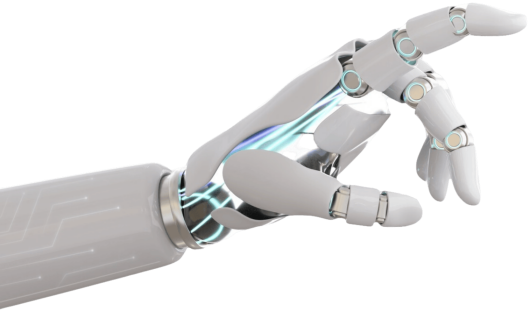
Agricultural robotic system (ARS) is a cyber-physical structure which consists of multiple collaborating agents with the objectives of monitoring, early detection, and responding within greenhouses. As a system with collaborating agents, ARS is prone to errors and conflicts. This research aims to develop a collaborative detection and prevention mechanism to process the sensor data, such that errors and conflicts in the system are prevented, or minimized. The scope and application of this research is limited to a controlled environment within the ARS. Two collaborative detection and prevention of errors and conflicts (CDPEC) algorithms are proposed, developed, illustrated, and validated in this study. The algorithms’ effectiveness is measured in terms of Conflict and Error Prevention Ratio (CEPR). In terms of mean CEPR, the CDPEC 1 can reduce the potential errors and conflicts by 66.4% compared to the baseline scenario. Meanwhile, CDPEC 2 manages to reduce potential errors and conflicts by 86.9% on average. Between the two alternative algorithms, the performance of CDPEC 2 is 30.9% higher (better) compared to the one of CDPEC 1. Conclusions for the design of the cyber collaborative ARS architecture are observed.
Collaborative Control Theory, Conflict and Error Prevention Algorithms, Cyber Collaborative Protocols, HUB-CI.
Praditya AJIDARMA, Shimon Y. NOF, "Collaborative Detection and Prevention of Errors and Conflicts in an Agricultural Robotic System", Studies in Informatics and Control, ISSN 1220-1766, vol. 30(1), pp. 19-28, 2021. https://doi.org/10.24846/v30i1y202102